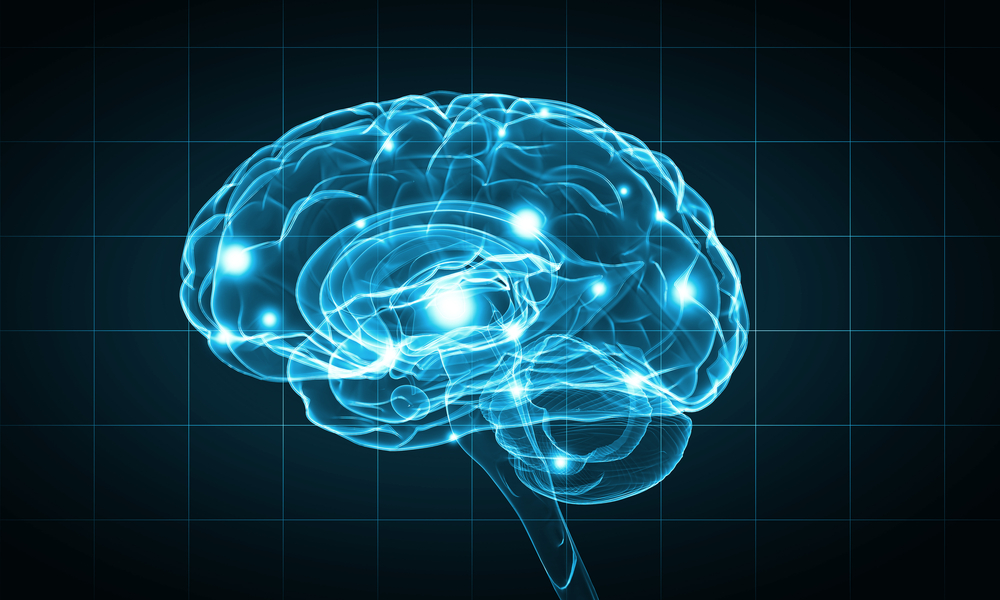Chiari Malformation Awareness Month: What You Should Know

Did you know that September is Chiari Malformation Awareness Month? This chronic condition isn’t well-known to many, but its impact on the lives of those who have it can be severe. Despite how little awareness there is about this condition, it affects a surprisingly large number of people—over 300,000 in the United States alone. We hope to bring a little more awareness to this condition by sharing some basic facts about Chiari, its symptoms, possible treatment options, and what it’s like for those who live with Chiari.
What Is a Chiari Malformation?
Chiari malformations are defects in the structure of a person’s cerebellum—the part of the brain that controls balance. The patient’s brain effectively slips backwards in the skull and herniates through the opening at the base of the skull’s structure. This puts pressure on the nerves and spinal cords, and disrupts the flow of cerebrospinal fluid. The disruption of that flow can cause debilitating pain and other—even life-threatening—symptoms.
For many, the malformation exists at birth, but they can go years or even decades without any symptoms. Most people are diagnosed with Chiari as children, but some will not be diagnosed until they are adults, frequently in their mid-20s or early 30s.
What Are the Symptoms?
Symptoms of Chiari can develop at any age, and it’s not known why some will have delayed symptoms while others will experience them from a young age; some believe trauma may play a role in triggering symptoms. The symptoms of Chiari are many and widely varied, because each is connected to the disruption of the flow of cerebrospinal fluid and increased pressure on the brain. These 2 factors can have cascading effects on the rest of the body. The most common symptoms of Chiari are:
- Severe headaches, especially when coughing or sneezing
- Extreme neck and shoulder pain
- Ringing or buzzing in the ears (tinnitus)
- Trouble swallowing (and sometimes speaking)
- Respiratory issues (including sleep apnea)
- Loss of bladder and bowel control
- Loss of fine motor control
- Weakness, stiffness, and pain in arms and legs
- Loss of balance
- Numbness in hands and feet
Over time, some Chiari patients develop a related condition known as syringomyelia. This condition occurs when a fluid-filled cyst (or syrinx) forms in the spinal cord. The syrinx can expand the spinal cord as much as twice its normal diameter, which stretches the nerve tissue severely. It’s not clear exactly how Chiari causes syringomyelia, but it can cause permanent nerve damage and even paralysis.
Symptoms often progress the longer a patient goes without diagnosis or treatment. In severe cases of Chiari, patients have died from their symptoms, especially in relation to difficulty breathing.
What Treatments Are Available?
Receiving treatment for Chiari is extremely difficult. First, the patient must receive an accurate diagnosis; because so little is known about this condition, it can often take years and many different doctors for a patient to receive an accurate diagnosis. Then, the only treatment to actually address the underlying issue is a very complex and difficult surgery.
Because of how delicate this procedure is, patients are rarely recommended to receive this treatment. In fact, only about half of Chiari patients are referred for surgery, and this typically only occurs when symptoms have become severely debilitating.
What’s It Like to Live with Chiari?
Every person’s Chiari experience is unique. There are actually four different types of Chiari that designate how advanced the condition is, as well as how severe the symptoms are. As we already mentioned, symptoms can develop at different times and can vary in their severity, while some may never develop symptoms at all. But for those with symptomatic Chiari, the impacts of this condition are felt every single day.
Muscle weakness and debilitating pain throughout the body severely limit their ability to participate in physical activities. Some may even struggle with simply standing for long periods of time. Incontinence can become an issue for many, which can create a daily struggle to maintain a sense of normalcy in their daily routines. Some will struggle with even maintaining their independence, and could develop permanent disabilities. Many rely on mobility aids, like walkers, canes, and wheelchairs, for getting around, while others require the use of neck braces and other devices to help them to simply hold up their head for long periods of time.
It’s important that we work to raise awareness for this condition and push for continued research into a better solution for the many who suffer from Chiari. While we may not have an answer now, research and awareness can give hope to those who suffer from this condition.
If you’re in need of a mobility aid or other accessibility tools to help you manage your Chiari symptoms, please reach out to us. We’re here to help in any way we can.